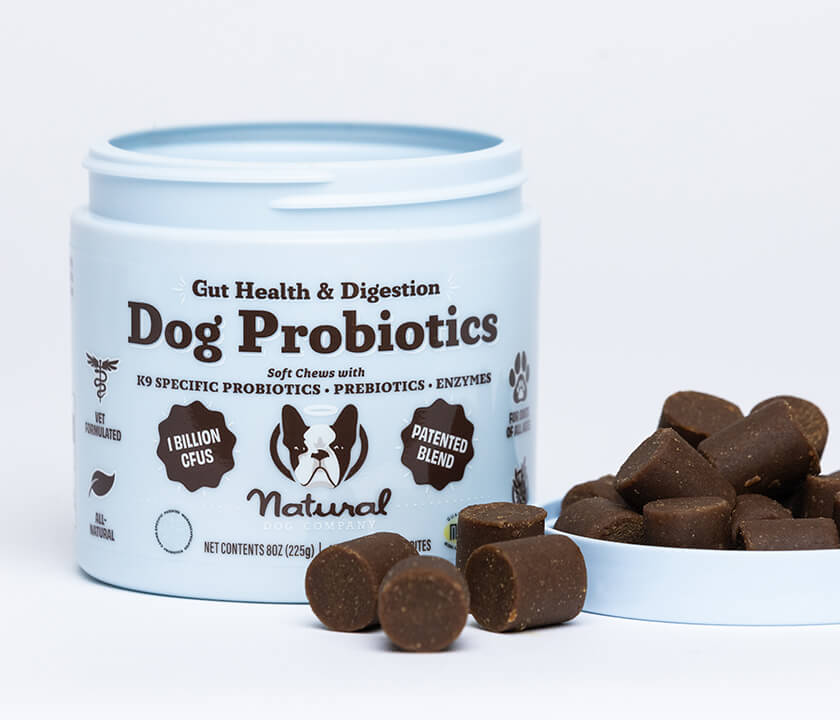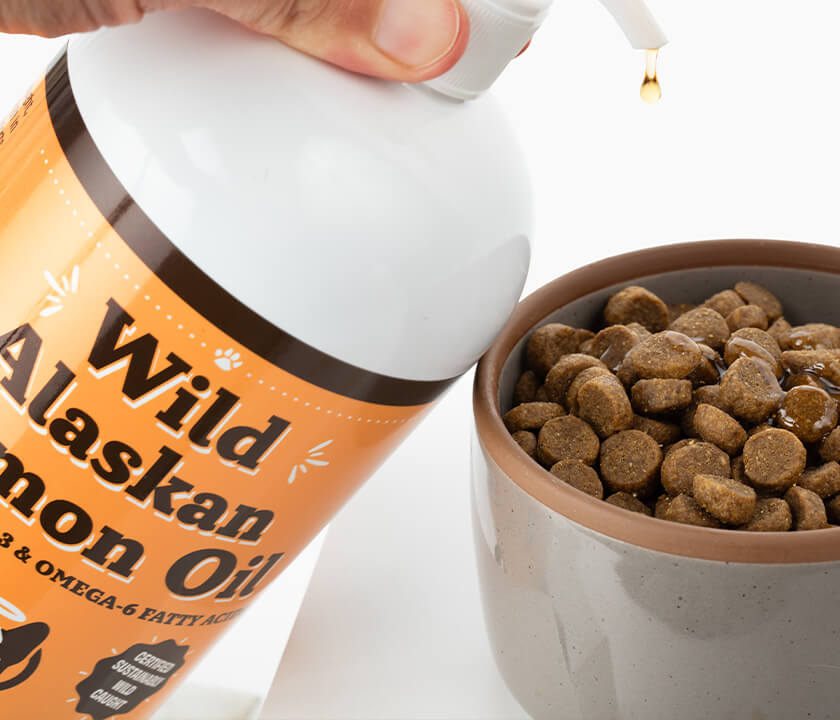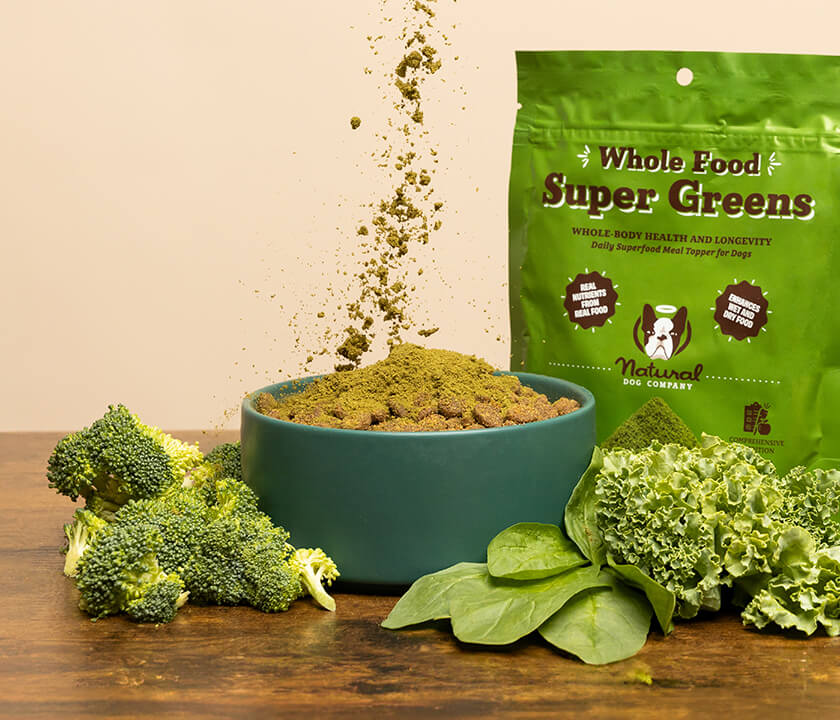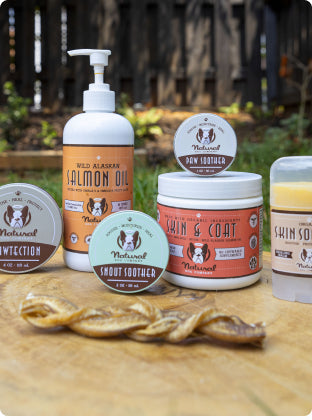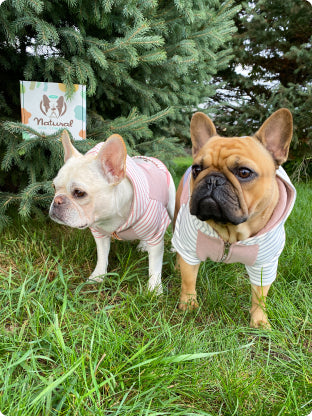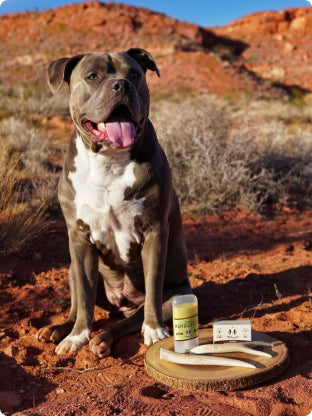When you find out your dog has pemphigus, your first instinct is to ask, “what can I do to help?” While there are simple steps you can take to help your dog live a comfortable life, the sobering reality is that this autoimmune disease can be a lifelong battle filled with medication and therapy.

Can’t figure out what’s wrong with your beloved dog? If dry skin, ulcers, or painful irritation persist anywhere on your dog’s skin, the problem might be an autoimmune disorder called Pemphigus.
What Is Pemphigus in Dogs?
Pemphigus is a broad term used to define a group of closely related skin conditions caused by an autoimmune disorder. It’s one of the most common skin conditions in dogs (and cats), characterized by crusty ulcers, pus-filled lesions (pustules), and cysts (vesicles). As with any autoimmune disorder, pemphigus causes your dog’s body to treat healthy cells and tissues as if they are foreign invaders. The body quite literally attacks its own skin.
What Causes Pemphigus?
There are two primary categories of pemphigus: endogenous (internal) and exogenous (external).
- Endogenous cases are usually the result of genetic defects in the immune system. But they can also be triggered by a variety of conditions, including cancer and chronic skin allergies.
- Exogenous cases are the result of outside triggers like viral infections and UV light.
Certain breeds are more likely to develop pemphigus, including Collies, Akitas, Dobermans, Setters, Newfoundlands, Dachshunds, Chow Chows, and Siberian Huskies.
The Different Types of Pemphigus and Their Symptoms
There most common types of pemphigus are pemphigus foliaceus, pemphigus erythematosus, pemphigus vegetans, and pemphigus vulgaris. All four are somewhat unique in symptoms, appearance, and intensity.
Pemphigus Foliaceus (PF)
Pemphigus foliaceus affects your dog’s skin at the surface level, causing blisters, scales, ulcers, itching, and redness. It most often appears on your dog’s mouth, nose, face, anus, and paw pads. You might also notice swollen lymph nodes, depression, and limping (if paw pads are impacted). This type is most frequently diagnosed in Akitas and Chows.
Pemphigus Erythematosus
Pemphigus erythematosus is similar to pemphigus foliaceus but tends to be less intense. A telltale sign is the loss of color in the lips, and lesions are often confined to the face and paw pads.
Pemphigus Vegetans
Pemphigus vegetans is typically void of canine mouth and gum ulcers. Dogs don’t experience as many secondary health problems with pemphigus vegetans either, although large oozing pustules are common.
Pemphigus Vulgaris
Pemphigus vulgaris attacks the entire epidermis and can include painful ulcer formations in the mouth that keeps your dog from eating. It can spread throughout your dog’s entire body making secondary infections more likely. The prognosis is often poor, and despite modern therapy, the disease can be fatal. Fortunately, it’s also the least common type of pemphigus.
How Is Pemphigus Diagnosed?
To diagnose your dog, your veterinarian will need to run some tests, including a urine sample or an electrolyte panel. Dogs with Pemphigus often have normal blood test results, so a skin biopsy might be required.
Make a note of when your dog’s symptoms started and any factors that might have contributed to the onset. A full history of your pet’s health can be beneficial to make an accurate diagnosis.

Did someone say canine Pemphigus?! This skin condition can cause pain and discomfort no adorable doggy deserves! Thankfully with Snout Soother you can bark back against Pemphigus in dogs!
Treating Your Dog’s Pemphigus
The fight with pemphigus can be a lifelong battle with many ups and downs, and potentially even routine therapy. And if it’s caused by a genetic disorder (endogenous pemphigus), your dog might need corticosteroids or other immunosuppressive drugs — some of which won’t go easy on your wallet.
While you can’t wish away your pet’s condition, you can help them live the most comfortable life possible. Since UV light can exacerbate your dog’s symptoms, keep your dog inside during peak sunlight hours. Using a natural balm on crusty sores, ulcers, and red skin can also minimize itchiness and help keep your dog’s symptoms in check.
